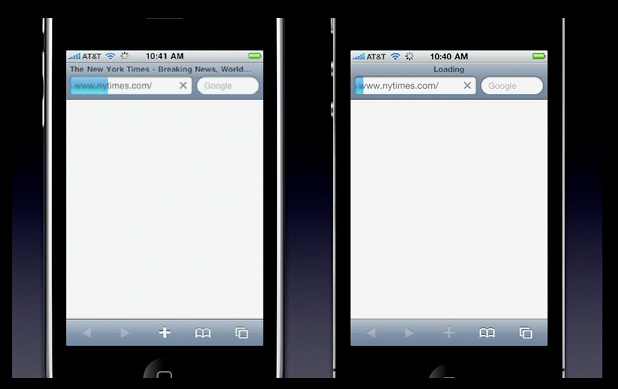Steve Jobs WiFi troubles, could they have been avoided?

During Monday's WWDC keynote Steve Jobs suffered through a number of WiFi glitches that prevented him from accessing a number of Web sites.
The problems begin at about 39:50 into the keynote (video), when Jobs tries to connect to the New York Times Web site from the iPhone. Jobs gives an audible sniff of disgust (40:03) when the page doesn't load, saying "our networks in here are always unpredictable, so... no idea what we're going to find," then "they are slow today."
40:20 "you know you can help me out if you're on WiFi, if you'd just get off... I'd appreciate it" (laughs). Then he finally gave up, saying "I have a problem and I'm not going to be able to show you much today." He then punted to show photos from the camera roll – which doesn't require a network connection.
Glenn Fleishman posits that it was the overwhelming number of portable WiFi access points (like the MiFi) competing for airspace that caused the problems. According to InfoWorld’s consultation with an Apple engineer at the event, over 500 networks were in operation at the same time.
An Apple engineer later told me there were 527 Wi-Fi hotspots set up in the room, most of which were MiFi devices, which connect to the Internet via 3G and set up a local Wi-Fi network so that laptops and mobile devices can access the Internet through them. More than 1,100 devices were connected to those and other local Wi-Fi networks set up by attendees, he said.
I spoke with executives at AirTight Networks (disclosure: I consult for AirTight), a wireless intrusion protection system provider, this morning about Jobs' troubles and they confirmed that the WiFi congestion issue is well known and that 500+ competing WiFi networks could easily have caused the type of problems that Jobs experienced on stage. Even worse, just one malicious user could have easily launched a DDOS attack targeting Apple's WiFi network, bringing it down. They went on to say that their WiFi sensors could have warned Apple engineers in advance about the proliferation of rogue AP's allowing them to make adjustments as necessary.
But at what price? Should Apple be able to own the airspace during its keynote addresses and shut down rogue access points? I think that with the right notification they could because WWDC is, after all, a private, invitation-only event.
However, the journalist in me (not to mention my editors) would be furious if I wasn't able to get a reliable connection to upload blow-by-blow accounts and photos from the event. Apple could easily quell the need to liveblog the event (and the proliferation of rogues) by simply providing live audio and video streams via the Internet.
What's your take? Will/should Apple patrol the airwaves during its next live event?
